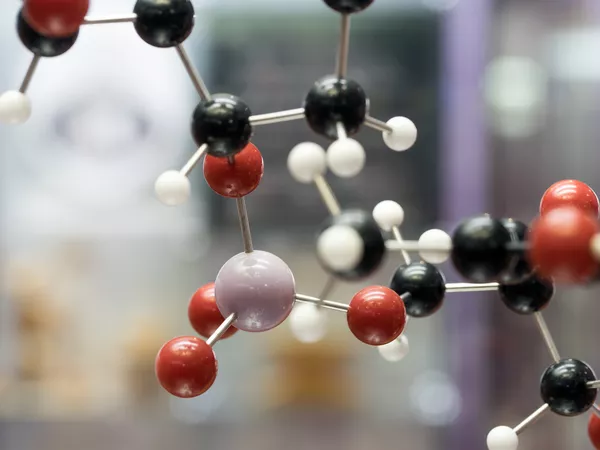REVIEW
Published on 26 Feb 2024
The state-of-art polyurethane nanoparticles for drug delivery applications

doi 10.3389/fchem.2024.1378324
- 2,933 views
- 1 citation
692
Total downloads
3,968
Total views and downloads
You will be redirected to our submission process.
